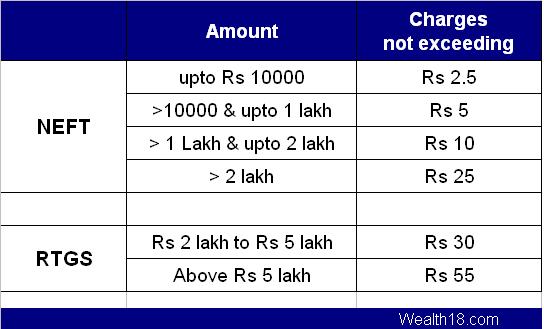

For the same reason overcurrent trip switches for low-voltage circuit breakers or lockout relays for medium-voltage circuit breakers are also required.Īnother question that frequently arises is that of a “test” mode of operation. Of necessity, to make this mode logic arrangement function properly the breaker status must consist both of breaker open-closed indication and, for drawout circuit breakers, circuit breaker cell switch indication.Ĭircuit breaker cell switches are a feature which must not be overlooked as they are essential for the proper function of an automatic transfer scheme with drawout circuit breakers. This arrangement provides a high level of security for the transfer scheme, i.e., undesired or “nuisance” operations are minimized, enhancing safety, maintainability, and reliability of the system.
Dtransfer minimum system manual#
To leave this mode of operation, the system must be placed into manual mode. For automatically-controlled circuit breakers, only manual tripping (or trip due to a fault) is allowed.

Such manual or fault-driven operations will result in the system being placed into Auto Mode Failure. In Automatic Mode, operations for certain circuit breakers (such as main and tie circuit breakers) are automatic, however manual tripping (or breaker trip due to a fault) of automatically-controlled circuit breakers is allowed. Attempting to enter automatic mode if the system conditions are not correct places the system into Auto Mode Failure. Selected via a selector switch position or other pre-determined user input via the user interface. Selected via a selector switch position or other pre-determined user input via the user interface. The three modes of operation then typically work as follows: In fact, they necessitate, in a well-designed automatic transfer system, the inclusion of a third mode of operation, typically known as auto mode failure. Such questions are not always easy to answer. What happens if an allowed manual operation is performed on an automatically controlled device (for example, if an automatically-controlled circuit breaker is manually tripped or trips due to a fault).What manual operations are allowed in automatic mode (for example, manual opening of circuit breakers)?.Can the system be placed into automatic mode if system conditions are not correct (for example, if an automatically-controlled circuit breaker is in the withdrawn position or not present in the circuit breaker cell)?.However, good automatic transfer system design has well-thought-out mode logic that answers the following questions: Using this example system, the operational requirements of a typical automatic transfer system will be examined. A user interface allows the adjustment of certain operating parameters of the system, and updates the user onthe status of the system. Voltage transformers, or VT’s, step the system voltages down to instrumentation levels that can be used by these relays. In addition, a frequency relay (device 81) is present for frequency indication of the Undervoltage (device 27) and negative sequence voltage (device 47) relays on each power source give the transfer logic indication of their condition. It also can initiate generator startup for the alternate power source. It controls the operation of the two transfer circuit breakers, CB-UM and CB-GM, and receives status inputs from those breakers. In Figure 1, the automatic transfer logic provides the decision-making for what automatic operations are to happen, and when. For this purpose, the main-main topology arrangement used, but with the details of the automatic transfer system shown: Figure 1 – Main-Main Automatic Transfer Scheme Detail To fully illustrate the operational requirements ofa typical automatic transfer system, a more detailed representation of the system is required. Simply stated, the role of the automatic transfer system is to provide the automatic transfer of power for its associated load group from a normal power source, such as a utility service, to an alternate power source, such as standby generation, in the event the normal source fails.
Dtransfer minimum system generator#


 0 kommentar(er)
0 kommentar(er)
